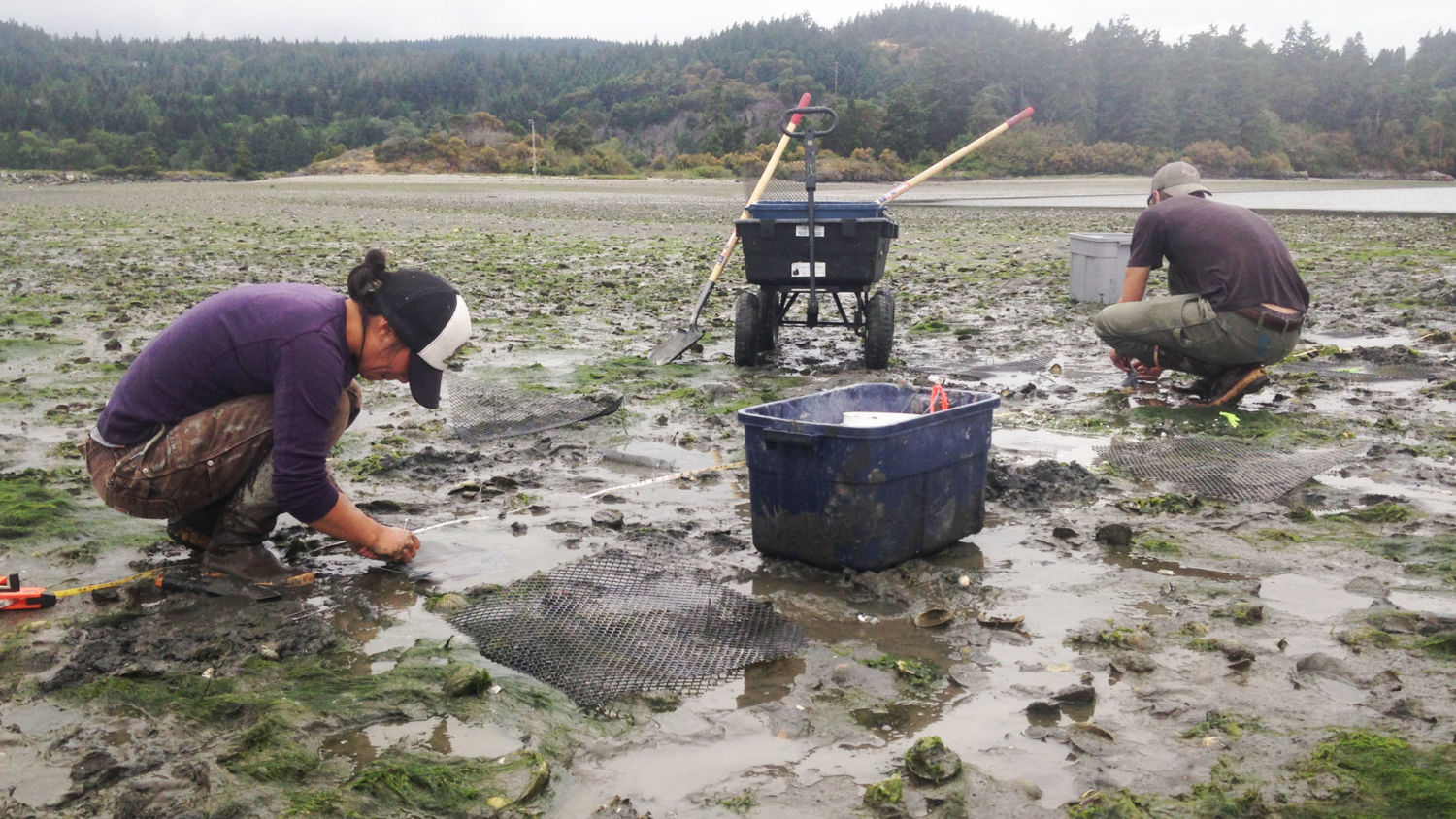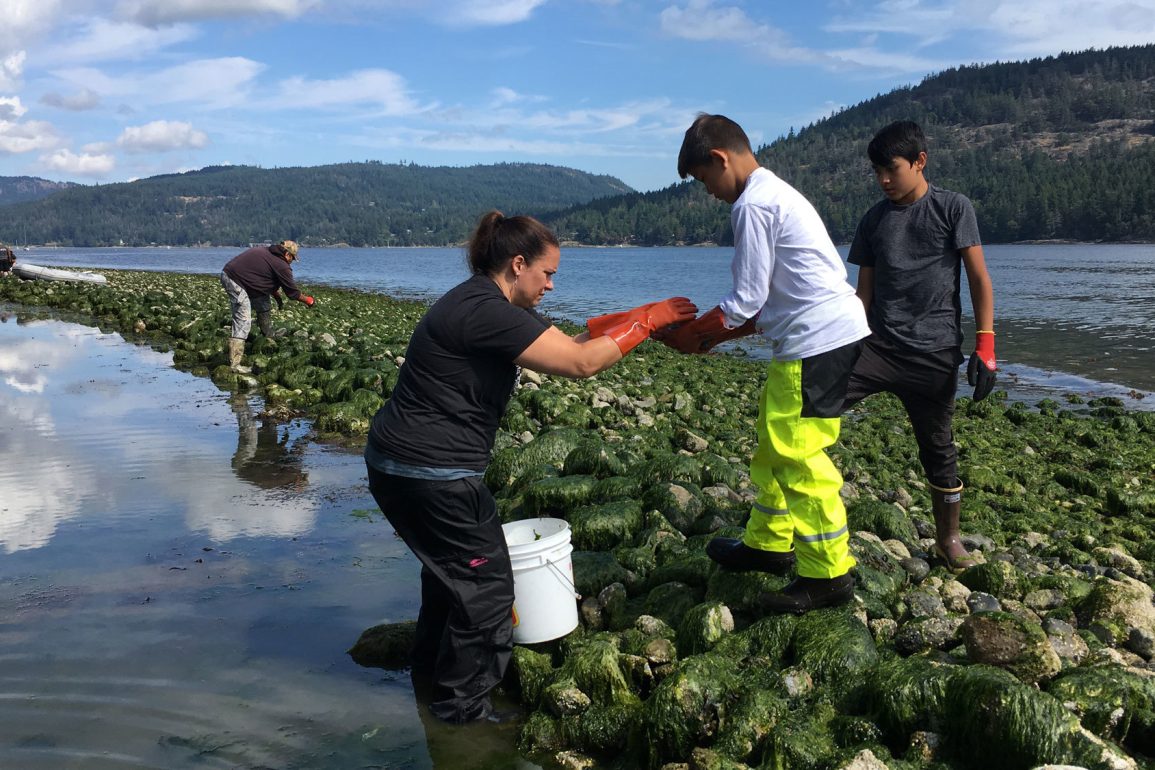Over the past few months, a collaborative project has emerged that highlights Indigenous solutions to the climate crisis, particularly through the lens of various tribes’ efforts to address extreme weather events. One notable focus is on the Coeur d’Alene Tribe in Idaho, which is undertaking a significant multi-decade initiative to restore crucial wetlands on their reservation.
This restoration project aims to reintegrate ancestral food sources into their ecosystem, potentially serving as a model for similar efforts across the country. The project coincides with Indigenous Peoples’ Day, emphasizing the importance of Indigenous approaches to environmental challenges.
Indigenous communities worldwide possess the smallest carbon footprints, as noted by the United Nations, yet they are disproportionately affected by climate change due to their location in high-risk areas. Despite this vulnerability, Indigenous peoples are vital sources of traditional knowledge and environmental management practices that can contribute to climate change adaptation and resilience.
Their expertise spans various areas, including sustainable agricultural practices and natural resource management, and has increasingly gained recognition at international forums as critical to combating climate change.
In discussing these themes, Joseph Lee, a journalist and member of the Aquinnah Wampanoag Tribe, emphasizes the importance of showcasing diverse Indigenous communities and their unique challenges and solutions. By highlighting specific tribes, the project illustrates the variety of experiences within Indian Country and the innovative responses to climate-related issues.

Lee also reflects on how his personal experiences with his tribe inform his understanding, enabling him to ask pertinent questions while acknowledging the distinct contexts of each featured community.
The significance of traditional ecological knowledge (TEK) lies in its basis in generations of localized experiences with the land. The Coeur d’Alene Tribe, for instance, has relied on the memories of elders to guide their wetland restoration efforts, demonstrating the value of intergenerational knowledge transfer.
These stories highlight the adaptability of Indigenous practices, as tribes continuously evolve their strategies to meet the challenges posed by climate change, emphasizing a forward-looking perspective that has never been static.
Unexpected insights from this exploration reveal that Indigenous communities have long been implementing effective strategies for environmental stewardship, often hindered by colonialism and systemic racism. The legacy of these issues complicates their efforts to adapt to climate change.
Nevertheless, the simplicity of some Indigenous solutions, such as reintroducing controlled burns to land management practices, underscores that effective approaches need not be overly complex. Support for these time-tested practices is essential, as is the recognition of the importance of Indigenous voices in climate discussions.
Ultimately, two key lessons emerge from this exploration. First, attempts to control nature often fail, as demonstrated by the Shinnecock Nation’s acknowledgment that they cannot halt rising sea levels. Instead, they focus on adaptive solutions in harmony with their environment.
Second, the necessity of long-term thinking becomes apparent, as many Indigenous community members express that they may not witness the results of their efforts but remain committed to future generations. This dedication to the long-term view of environmental stewardship serves as a valuable lesson for all communities grappling with climate change.

